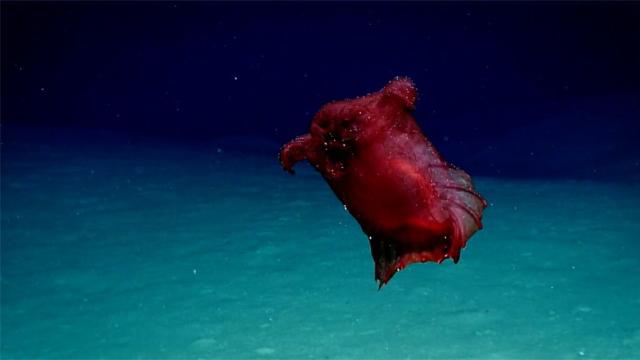Why leave Earth in search of aliens when you can just dive right into our oceans? No doubt, the seas are filled with all sorts of oddities that often defy description, from incomprehensibly shaped comb jellies through to gigantic isopods that more rightly belong in a 1960s B-picture. Case in point, these 12 bizarro sea animals, all of which will have you questioning reality.
Deep-Sea Jellyfish

What appears to be a sci-fi induced hallucination brought on by a combination of magic mushrooms, cheese puffs, and frog’s breath is actually a deep-sea jellyfish known as hydromedusa. Researchers on the Okeanos Explorer vessel spotted this guy in the Mariana Trench near a tiny volcano back in 2016. Check out some other examples of deepwater jellies that seem like they might not be real:
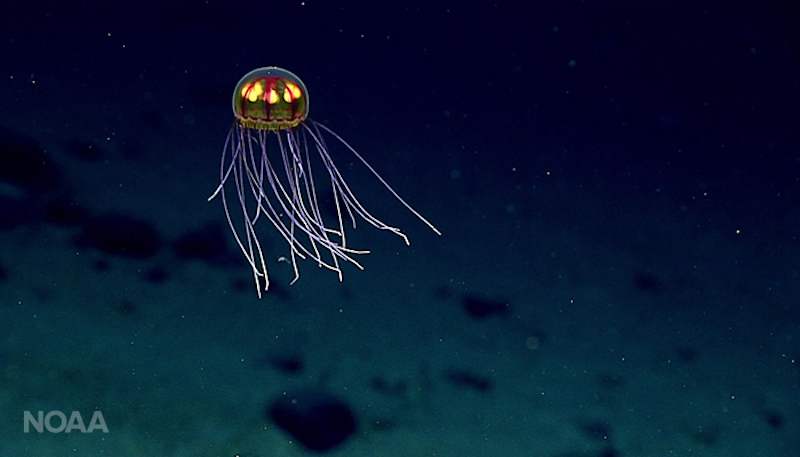
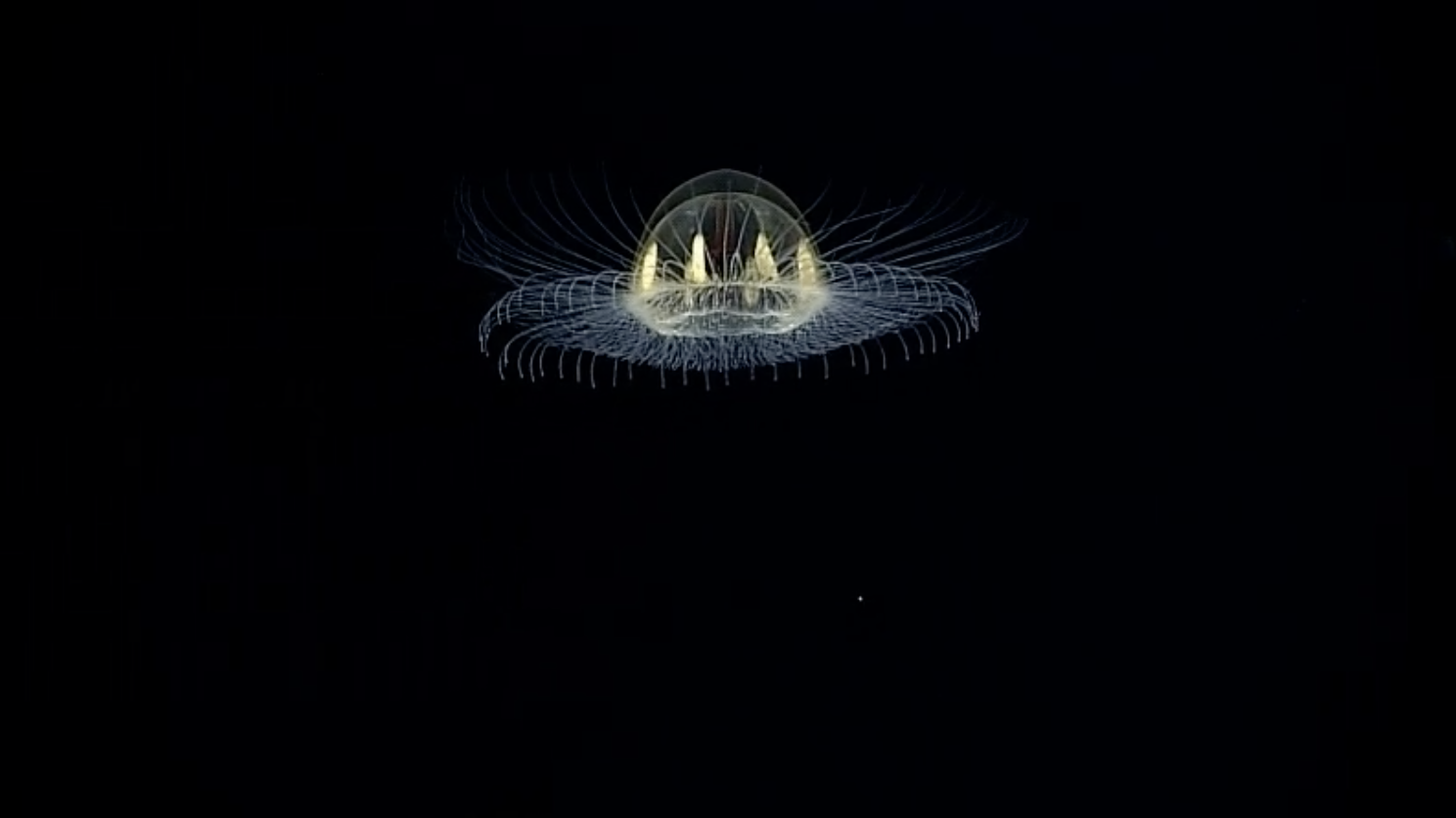
Floating Sea Cucumbers
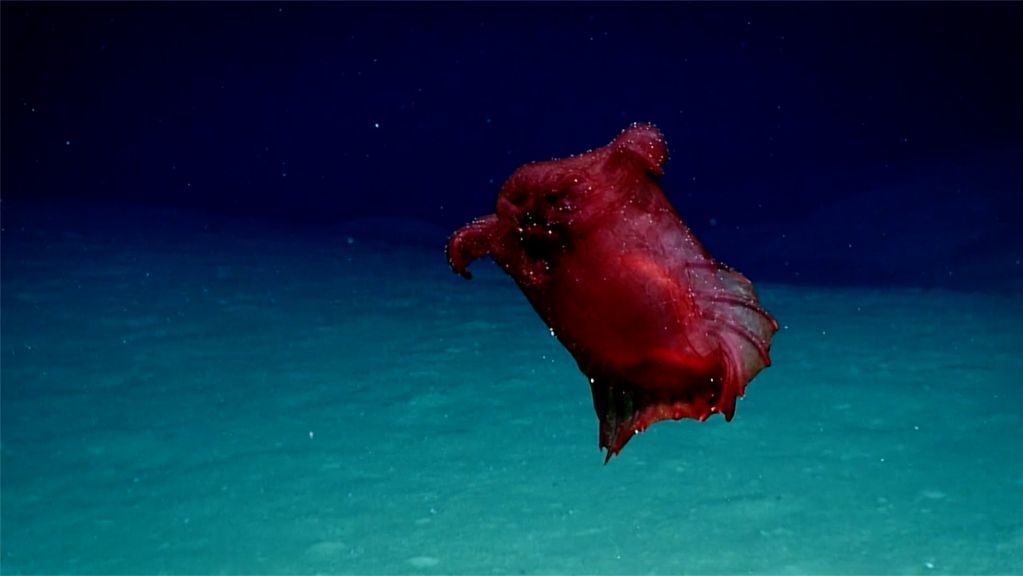
Totally fake. Clearly, someone took a decapitated chicken, spray painted it ruby red, and plopped it into the Southern Ocean. Scientists with the Australian Antarctic Division, however, have fooled themselves into believing it’s a floating sea cucumber. These creatures — if they’re indeed real — float through the water in hopes of landing in a more ideal, food-rich location.
Comb Jellies
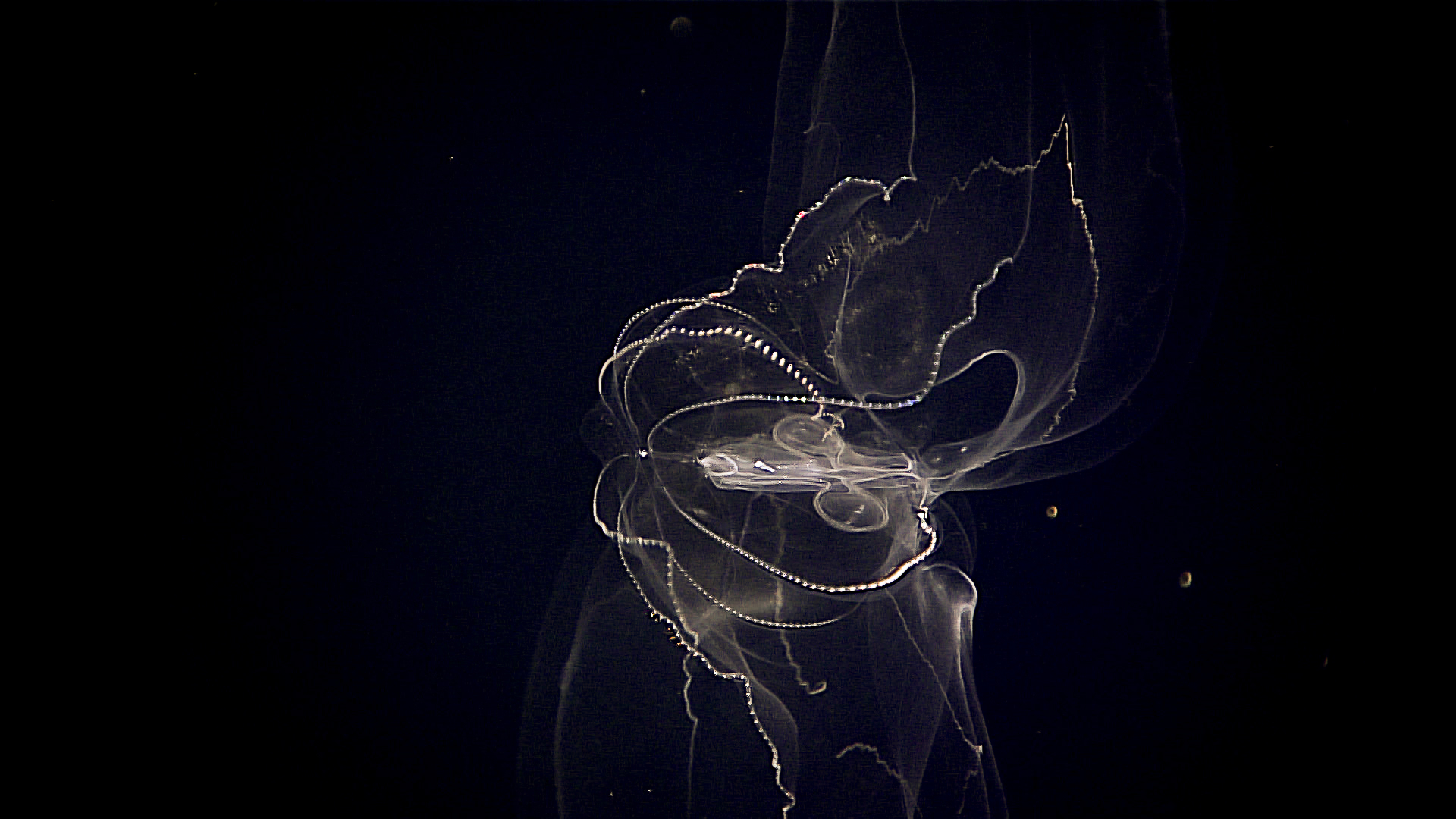
Pffft, nice try, nature. This looks like a violent sneeze I once had during an allergy attack.
The NOAA Office of Ocean Exploration and Research disagrees, saying it’s a lobate ctenophore, also referred to as a comb jelly. Researchers found it swimming near the Malulu Seamount of the Pacific ocean. These are some of the most ancient creatures on Earth, and probably distantly related (and I mean distantly related) to humans. Other comb jellies with a barely more coherent form are equally unbelievable, like the one shown below.
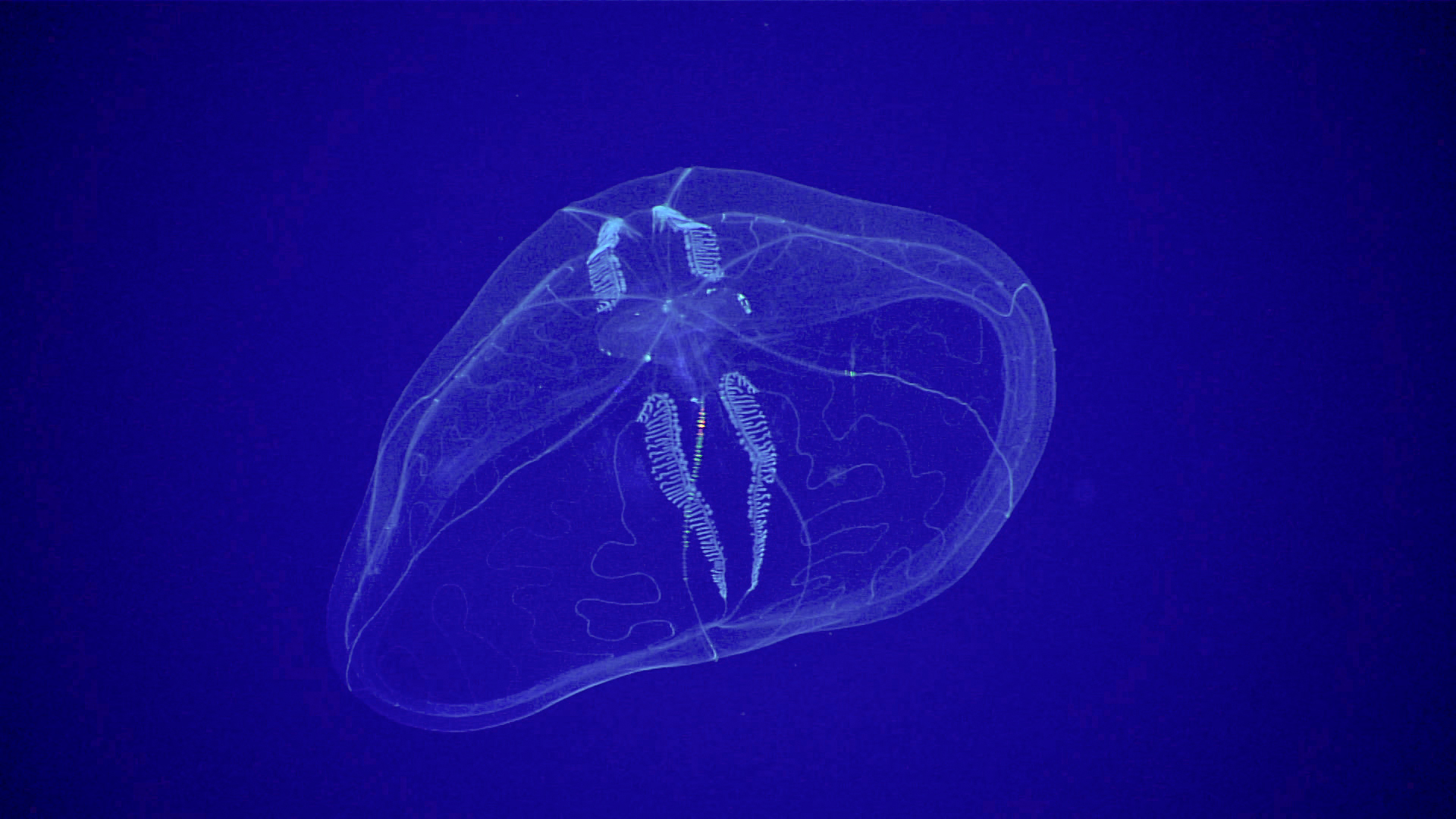
Hydroids

No, this is not a medical condition. Nor is it a Martian spaceship from the 1953 version of War of the Worlds. It’s a hydroid — a very alien-like creature closely related to jellyfishes. After attaching themselves to rocks, they use their two-tiered tentacled mouths to snatch food drifting nearby. This fine specimen was seen at the Leoso seamount, an area that straddles the boundary between the American Samoa Exclusive Economic Zone (EEZ) and the Cook Islands EEZ.
Holothurian Sea Cucumber
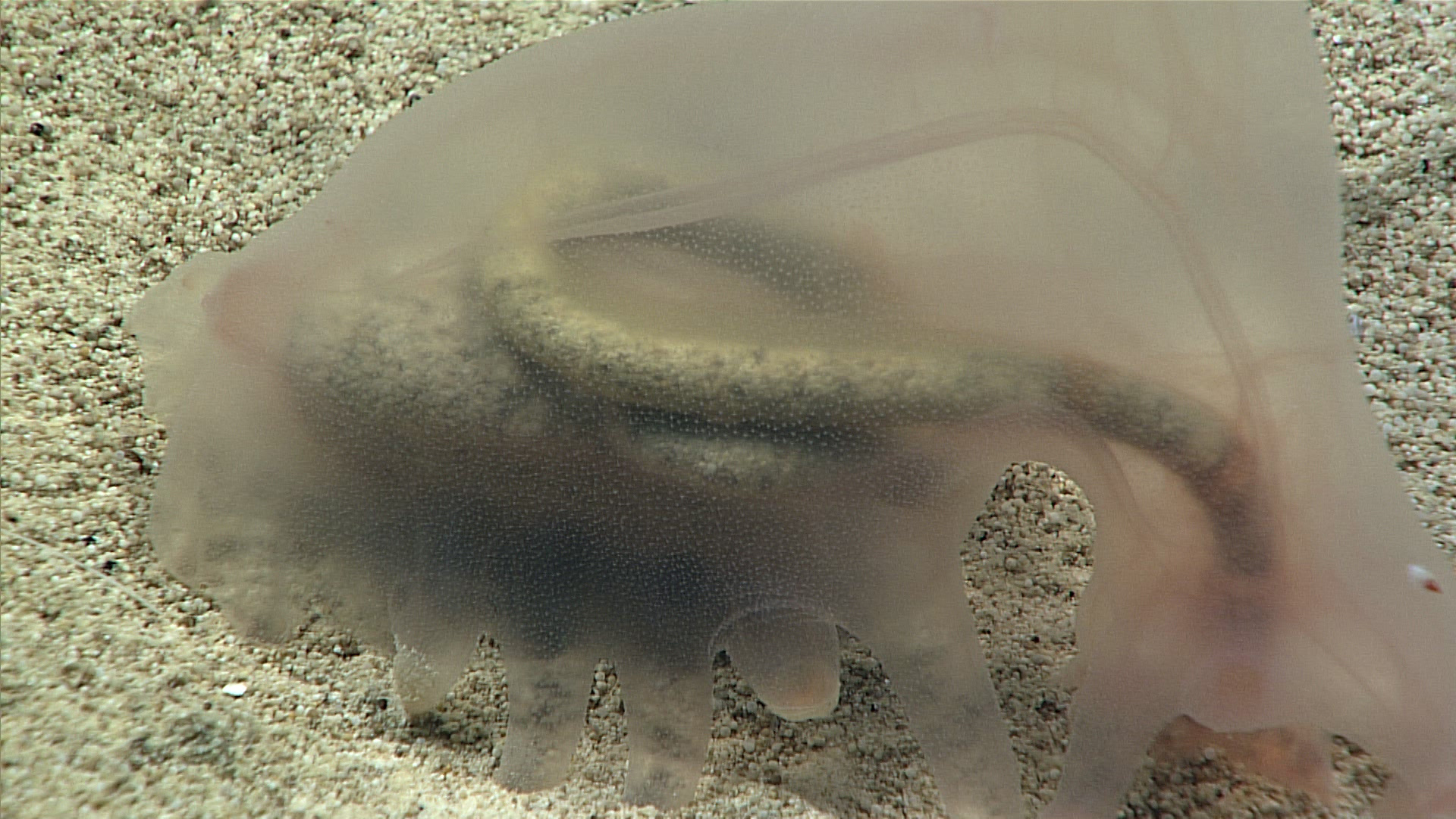
Behold the second sea cucumber to make our list, this one a holothurian sea cucumber. Here, what looks to be a snake caught in the belly of a gummy bear is actually a digestive tract full of sediment. No accounting for taste at the bottom of the Pacific ocean, I guess.
Brisingid Sea Stars
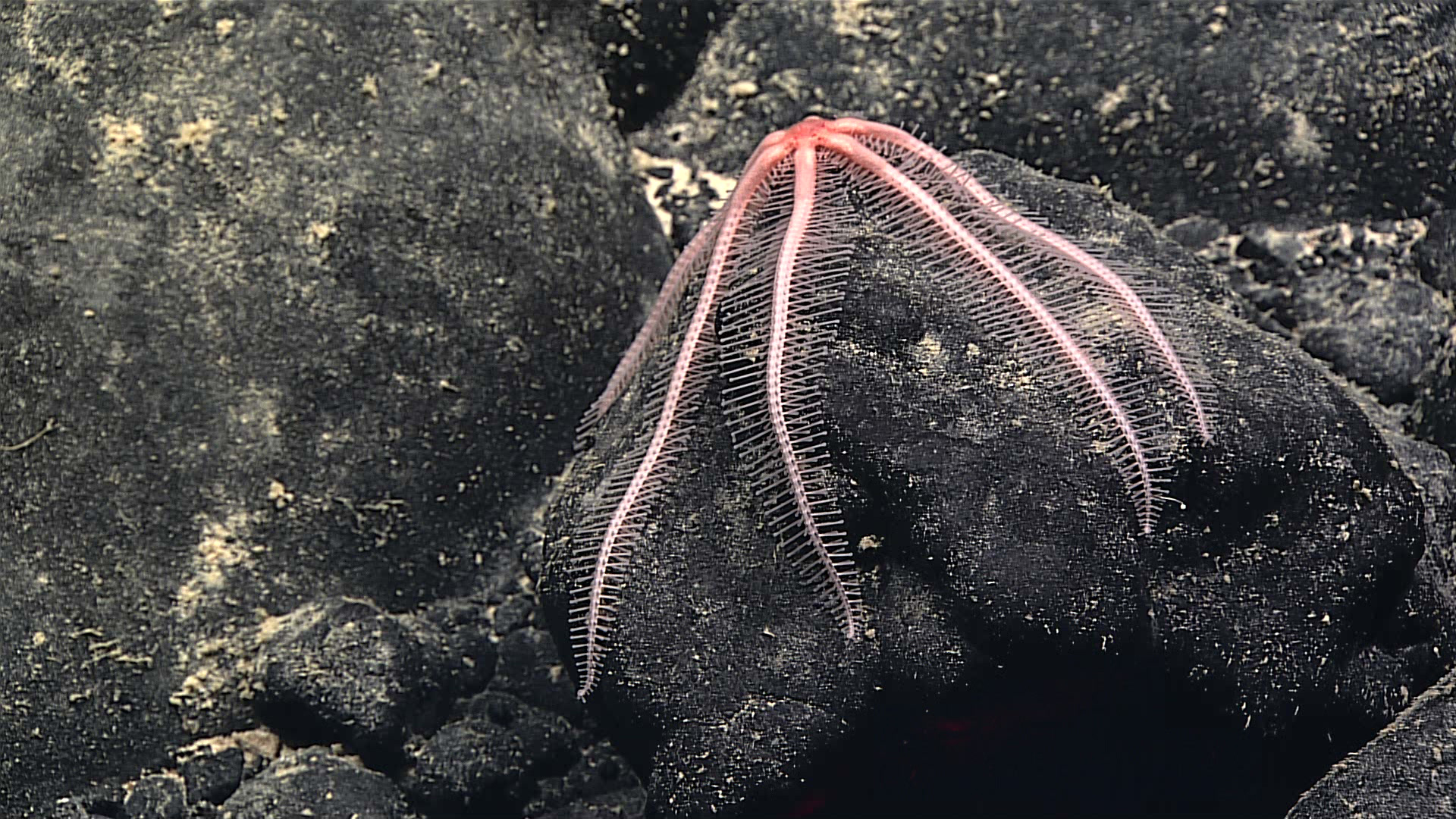
Oof, looks like a college student lost an art project. Either that or an octopus somehow fused with an old-fashioned television antenna. Or, as NOAA points out, it’s simply a brisingid sea star clinging to a volcanic rock near the Leoso seamount.
Giant Isopods

Giant isopods look downright prehistoric — like, what you’d expect to see in a King Kong movie. These bottom-feeding crustaceans are distantly related to pill bugs, or roly-polys, and they can reach a full foot in length. Giant isopods are a rare example of deep-sea gigantism, an evolutionary feat made possible by their incredibly patient metabolisms (they can go a year or more between meals).
A fascinating experiment from 2019 showed these creatures at work, as they slowly demolished on an alligator carcass at the bottom of the Gulf of Mexico. Watch if you dare.
Dumbo Octopus

Tough to make heads or tails out of this…. thing. Xenomorphs from Alien are less creepy than this dumbo octopus, spotted in the Gulf of Mexico back in 2014. In this photo, the dumbo octopus is actually swimming away from the camera, its stubby fins propelling it, apparently, forward. Interestingly, this body posture, in which the octopus’s legs are coiled into its body, had never been seen prior to this moment.
Giant Siphonophore
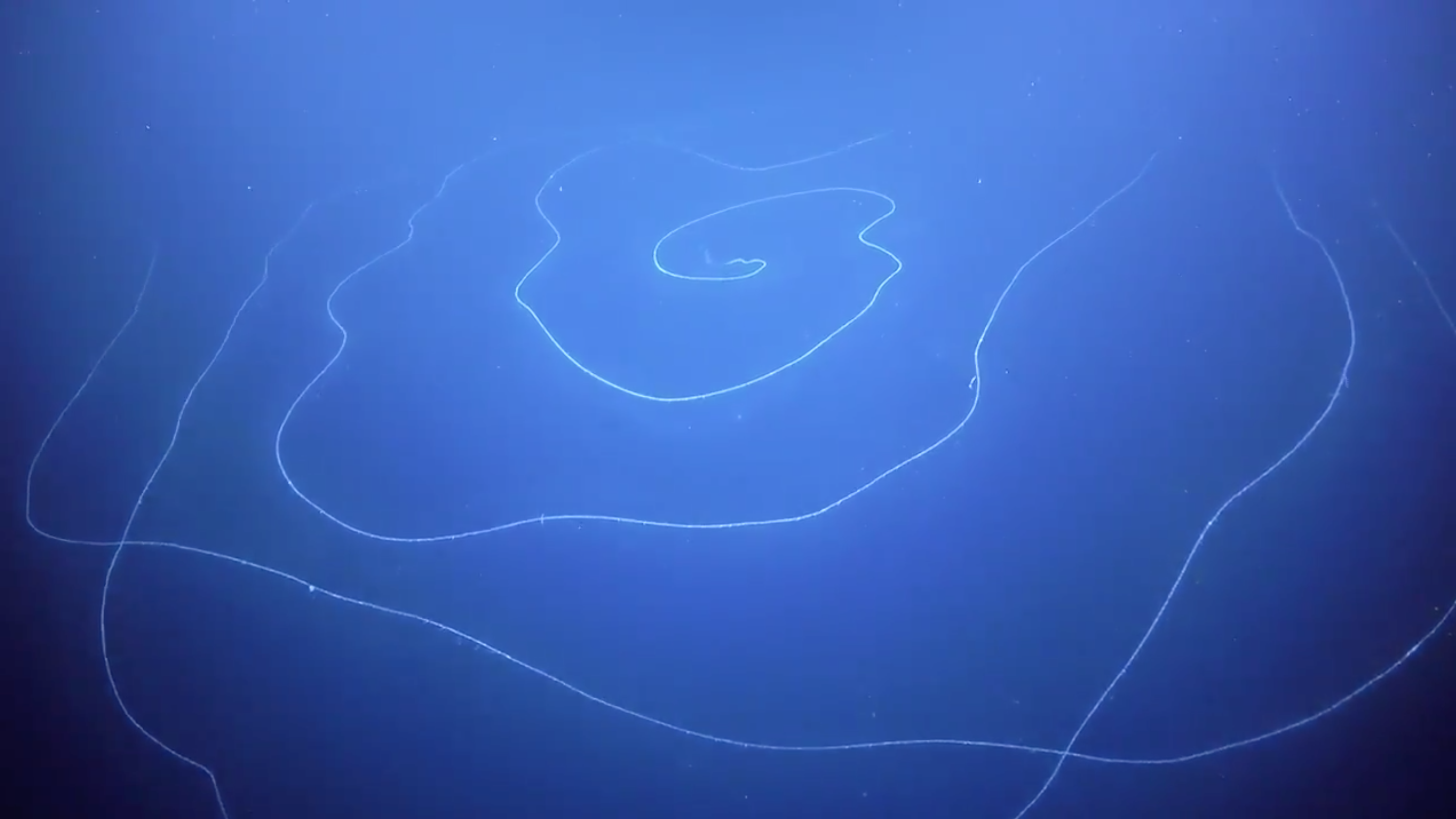
Looking at this photo, my first guess is that a rhythmic gymnast took up synchronised swimming and was never seen again. This spiral form certainly looks like a ribbon twirling through the ocean, but scientists say it’s a gigantic siphonophore, in this case one measuring 15.24 m across. And yes, it’s alive, or at least alive in the sense that it’s a huge colony of individuals. The tiny creatures link up and cooperate to perform various tasks. These spiral collectives are equipped with stinging tentacles for killing prey, so you’d best keep away.
Sea Spiders
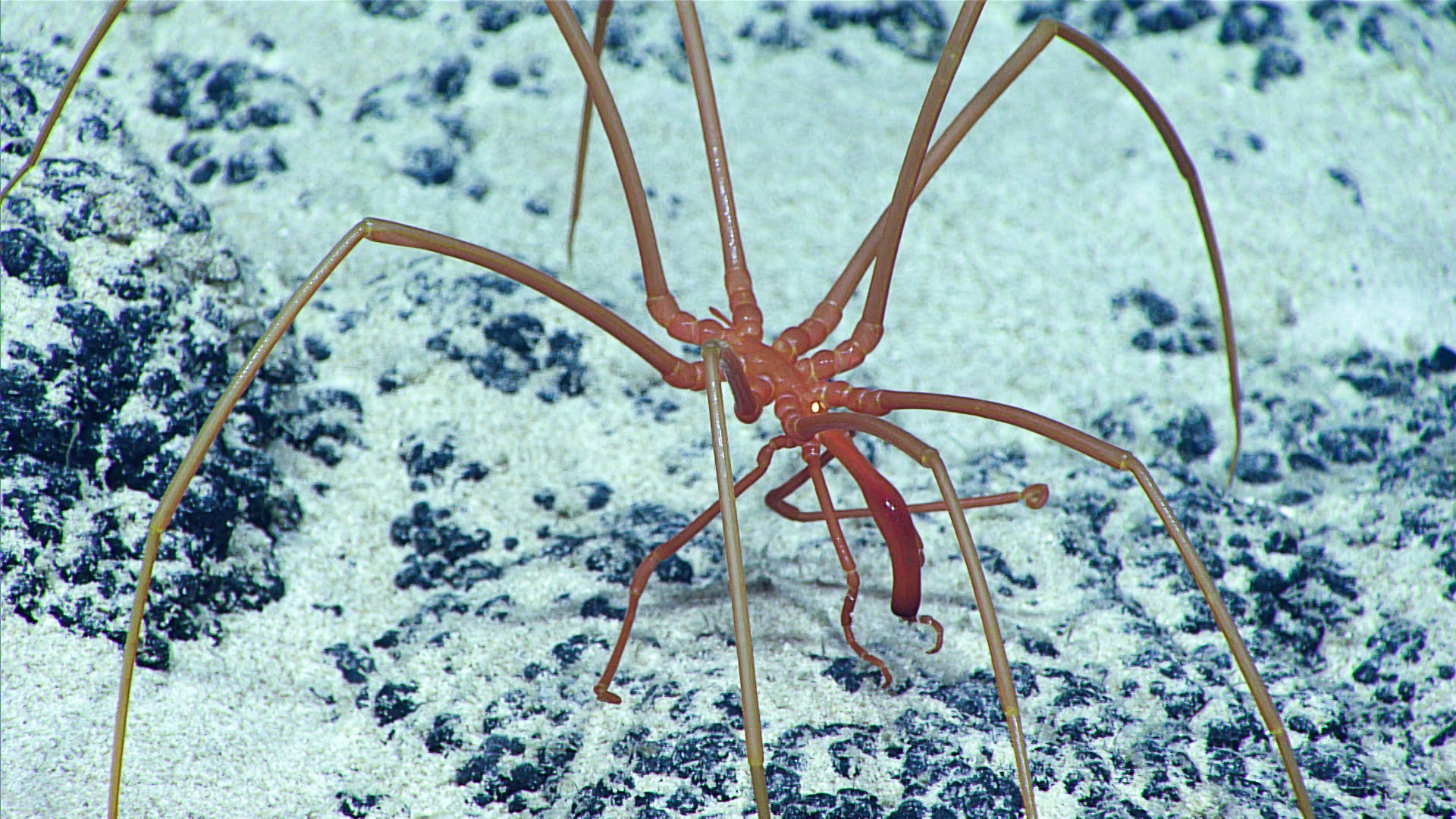
Nope, nope, nope, this can’t possibly be real. Or at least, I refuse to believe that this large sea spider, a marine arthropod, inhabits the same world I do. Mercifully, this creature was seen at 1,495 metres, far away from unsuspecting scuba divers.
Goblin Shark
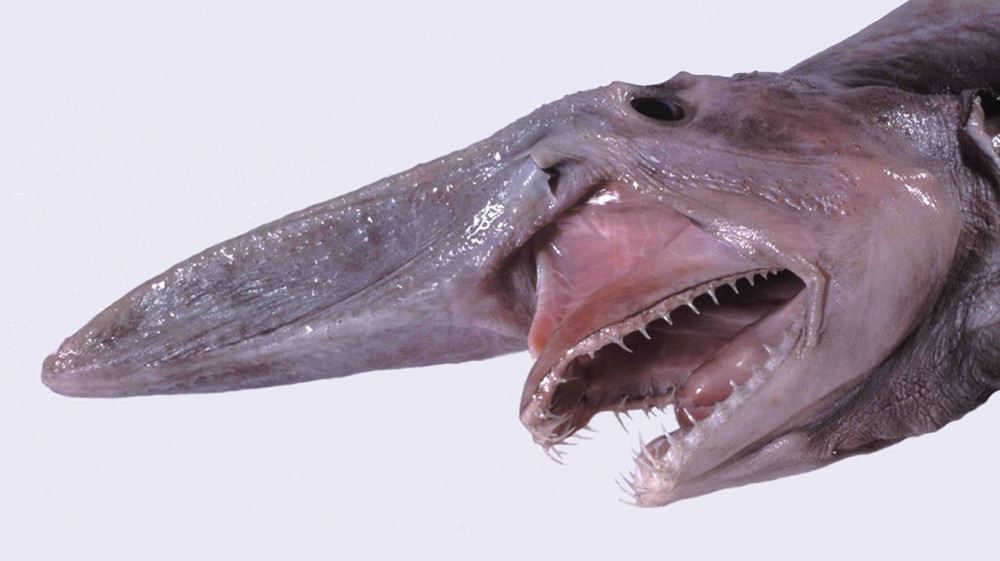
OK, I give up. Thankfully, deep sea goblin sharks are rare and not often seen, which is just as well.
Stalked Glass Sponge

Alright, time to end this nonsense with a palate cleanser. Check out this stalked glass sponge, which looks like a dandelion sprouting its planting seeds. Glass sponges, also known as hexactinellids, have skeletons made of silica — the same material used to make glass. This specimen was seen near the Johnston Atoll, about 1,512 km west of Hawai’i.
